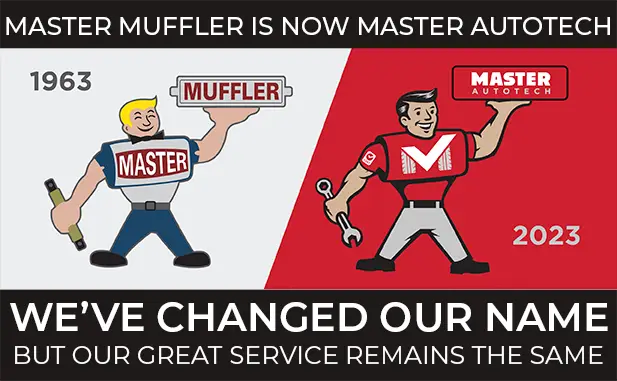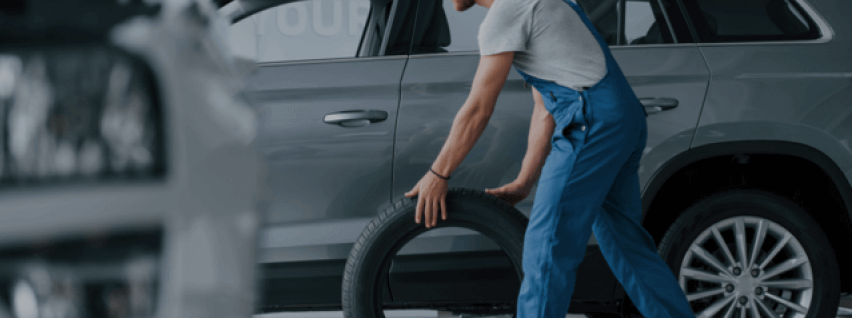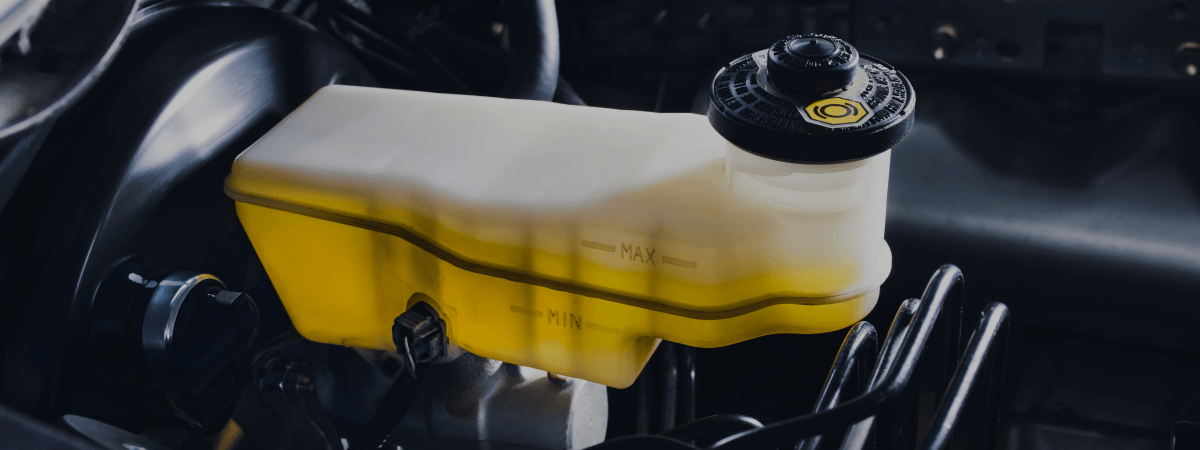In 1966, GM decided they were through being left behind by Ford’s Mustang, and answered America’s call for speed with the Chevrolet Camaro. This pony-style muscle car, and its twin, the Pontiac Firebird, was an instant success, and the Camaro earned the slot as the pace car for the 1967 Indy 500. The success of the Camaro continued from there, with a few slips along the way, until it eventually it became a true American icon of speed.
A Need for Speed
Right from the start, the Chevy Camaro was built to go fast, and GM made a certifiable stock car its first year out. The Z28 Special Performance Package features a V8 engine that was rated at 290 hp, but which was probably closer to 360 hp at the end of the day. The original Z28 Camaro housed an oversized radiator and dual exhaust to accommodate the increase in heat, and allow the engine to open up and scoot. Only 600 of these Z28 models were produced in 1967, which makes them an extremely rare collectible today.
Struggling for Horsepower
Camaro was not alone during the 1970s as they tried to reconcile new safety and emission standards with America’s love affair with speed. Meeting government standards meant cutting back on horsepower and performance, and sales suffered because of this for American muscle across the board. The Z28 model was put on the back burner in 1974, and GM focused more on making the car comfortable to drive and nice to handle. Even when Z28 was reintroduced in 1977, it was mostly a styling package, and still lacked the real speed of the 1960s. Styling and body modifications proved a good move for GM, though, as sales reached record highs with the introduction of t-tops and painted bumpers in the late 1970s.
Picking Up the Pace
The Chevy Camaro finally began gaining some speed again with the IROC-Z model of 1985. This was the year the Camaro was selected as the stock car for the International Race of Champions (IROC). The Camaro engine, that had dwindled to an embarrassing 4 cylinders, was upgraded to a V6 capable of 225 hp. The Camaro continued to improve from there, as GM revived the Z28 and SS models for the speed enthusiasts. The 2012 Camaro returned to its roots as the fastest Camaro ever built, reaching a top end of 580 hp in the special ZL1 supercharged V8 model. Just try to keep up with that!
Related Posts
Key Takeaways On average, passenger vehicle tires last 40,000 to 60,000 miles, depending on type, driving habits, and maintenance. Replace tires when tread depth reaches 2/32”, if damaged, or older than 10 years. Regular rotation, alignment, and proper inflation extend tire life. Aggressive driving, poor roads, and harsh weather shorten tire lifespan. Take advantage [...]
When you think about car maintenance, you probably focus on oil changes, tire rotations, and maybe even brake pad replacement. But what about your brake fluid? If you’ve ever wondered, “What does brake fluid do?” or “Why is brake fluid important?”, you’re not alone. Brake fluid might not be the most talked-about part of [...]
Is that high-pitched squeal from your brakes driving you—and everyone else—crazy? Don’t ignore it. Squeaky brakes aren’t just annoying, they’re your car’s way of saying something needs attention. Whether you're cruising through Salt Lake City or winding up Idaho’s mountain passes, here’s what’s likely going on, how you can fix it, and when it [...]





